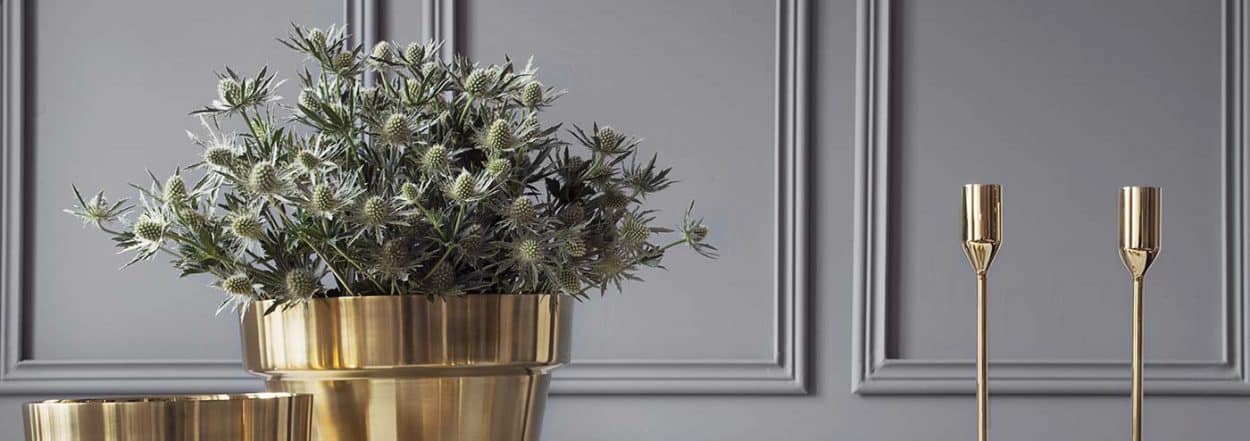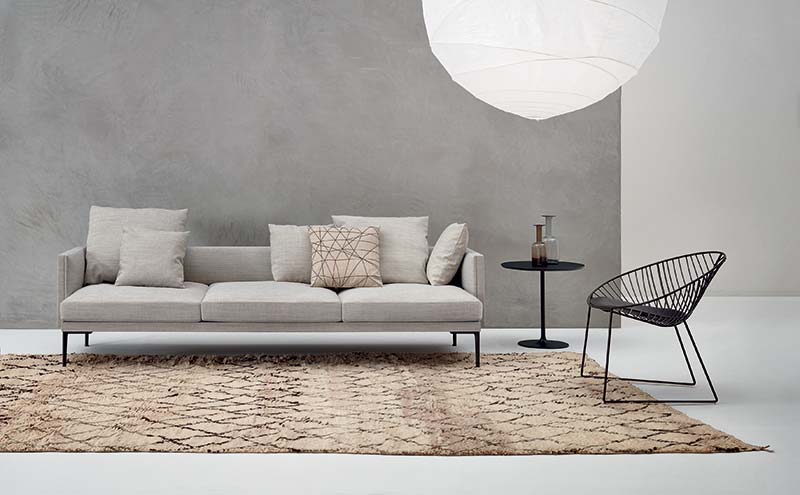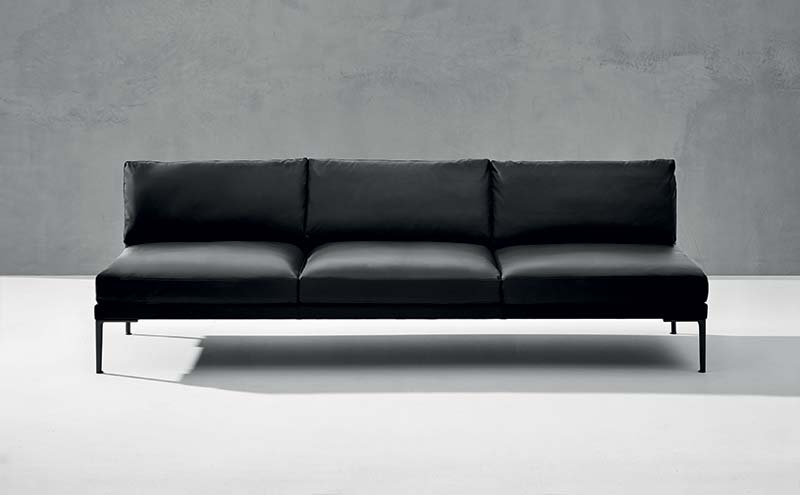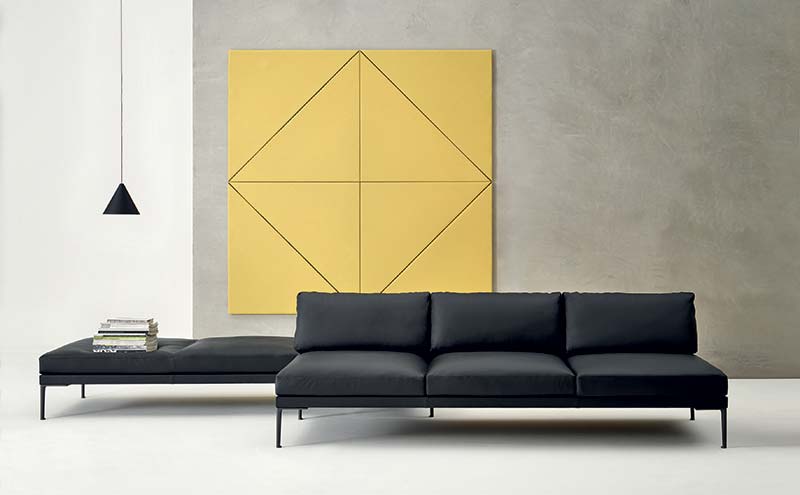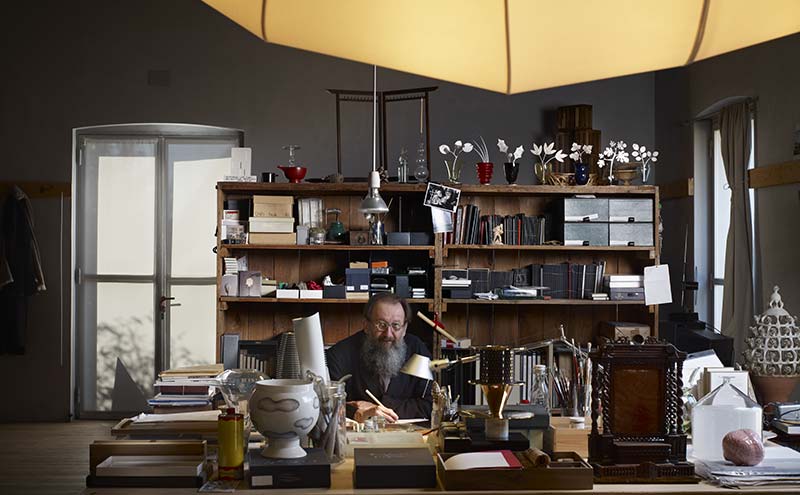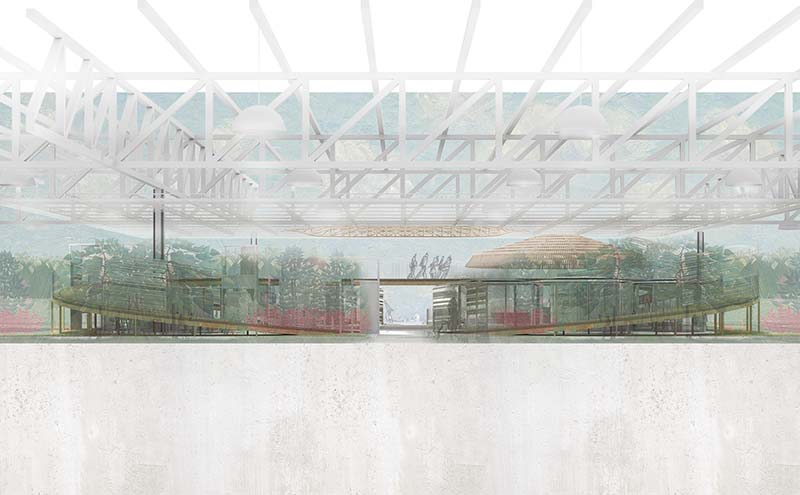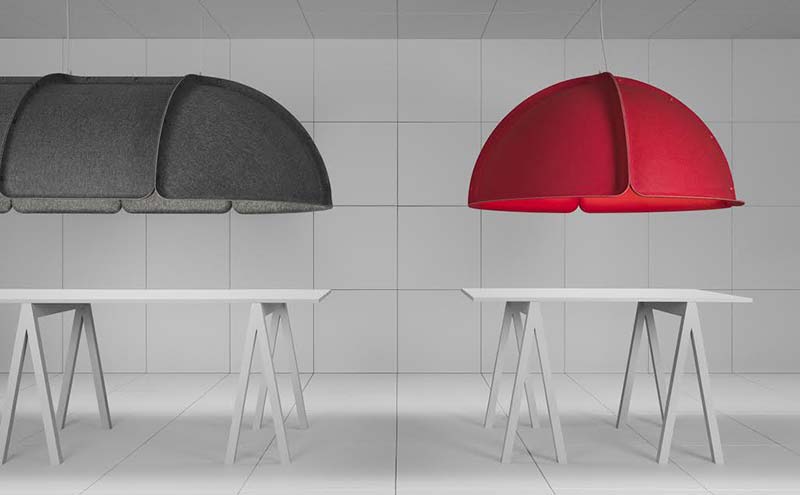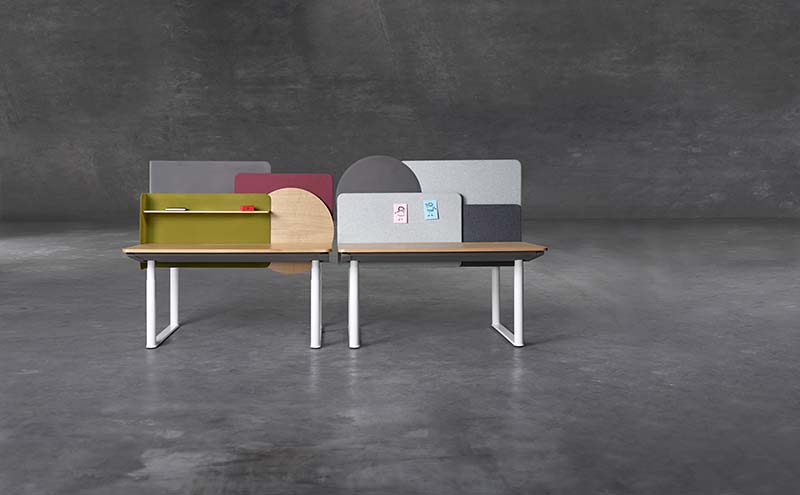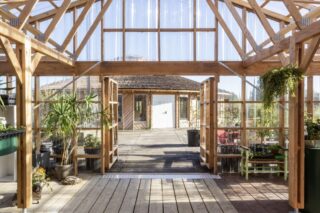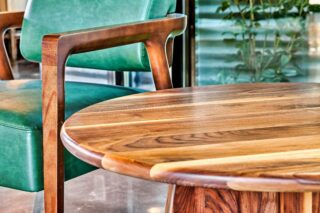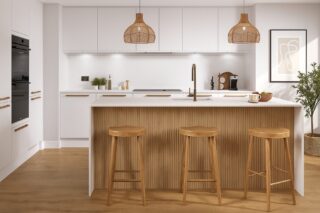Workplace3.0 / SaloneUfficio is the 2015 International Biennial Workspace Exhibition at this year’s Salone del Mobile in Milan.
Described as “a new, all-encompassing approach to workspace design” in a press release, we anticipated an abundance of contemporary ideas feeding into the concept of the workspace as transitioning, adaptable, dynamic and fresh. Instead, the feeling experienced was one of uniformity, conformity and tedium.
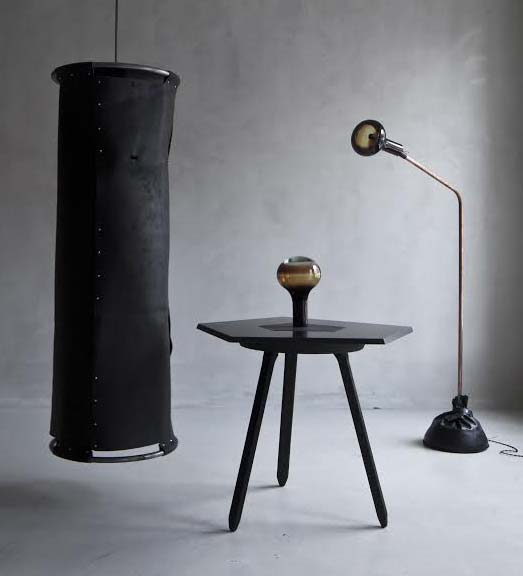 Aisle after aisle, stand after stand, the story told was disheartening, with brands presenting an affluence of office desks and chairs in a myriad of shapes and sizes, colors and configurations. The message conveyed only reinforced the notion of chaining workers to desks, meeting rooms and creativity-draining spaces.
Aisle after aisle, stand after stand, the story told was disheartening, with brands presenting an affluence of office desks and chairs in a myriad of shapes and sizes, colors and configurations. The message conveyed only reinforced the notion of chaining workers to desks, meeting rooms and creativity-draining spaces.
WHAT DOES “WORK” MEAN?
This status quo that existed across much of the Workplace3.0 exhibit was wholly at odds with Italian architect Michele De Lucchi’s workspace-based installation “The Walk”. Placed centrally within Workplace3.0, the installation asks the visitor to reconsider their understanding of work, looking again at how work is undertaken, where and why.
Challenging the visitor to think about the make-up and cultivation of our working environments, “The Walk” is a journey of enlightenment, innovation and destination. It builds on the idea that human beings throughout history have often needed to walk in order to think, reflect and spark ideas. Incorporating sound, vision and movement, the installation is more than an abstract concept; its premise is one that builds upon 21st-century working methodologies (co-working spaces, home-working and third spaces) as well as questioning outmoded working practices.
In a press release, Michele De Lucchi observes: “We should think of the workspace as a gymnasium for the mind, conceiving it as a place where relationships generate new ideas and possibilities. The office of the future should be visualised with the focus on lifestyles unfettered by convention, evolving spaces that perpetuate an endless stream of new ideas.”
A workspace needs to be many things to many people and through design should aim to accommodate an array of working preferences. Dieter Rams, the eminent German industrial designer has previously asserted: “You cannot understand good design if you do not understand people; design is made for people.” (Source: Vitsœ) One commonly shared area of life where design is normally an ill-conceived afterthought (and ergo people) is in the workplace.
IMPROVE WORKSPACES, IMPROVE QUALITY OF LIFE
Workplace design issues are manifold, adding to the woes of harried employees the world over. It is a fair assertion that many companies are fettered by convention, giving inadequate attention to the working environment and welfare of their employees. Indeed, where people spend a huge part of their day at the office, it beggars belief that companies do not invest in better spaces and facilities. Moreover, it can be argued that architects will often fail to grapple with the requirements of an interior environment that ensures people-friendly spaces.
The world of the office is a changing one, impacted by social, economic, cultural, political and environmental factors. An office needs to be many things to many people and through design should aim to accommodate an array of working preferences: from small desks for solo working to larger tables for teams and informal meetings; lounge areas to interact, network, unwind, have a coffee and chatter; designated private meeting rooms; outdoor spaces for alfresco lunches, meetings and evening drinks. People can move around, work wherever it suits them and have a personal space or desk to return to, something that was clearly evident from Michele De Lucchi’s “The Walk”. Read the description in ArchiExpo’s photo report.
Design furnishings, lighting and accessories in the workplace will add to the overall creative vision and help bolster expression, passion, communication and professionalism. Steeve, a new range of exclusive seating from Arper, the Hood Pendel by Form Us With Love for ateljé Lyktan and the Flower Pot by Monica Förster, were standout examples of good design. Employers must invest in furnishings that are flexible and adaptable to people’s needs, zoning spaces when necessary whilst maintaining a sense of familiarity. The office space that exemplifies candor, difference, diligence, style, simplicity and integrity, which enables people to express passion, communicate their artistry and demonstrate expertise, is an office space deserving of its employees.
